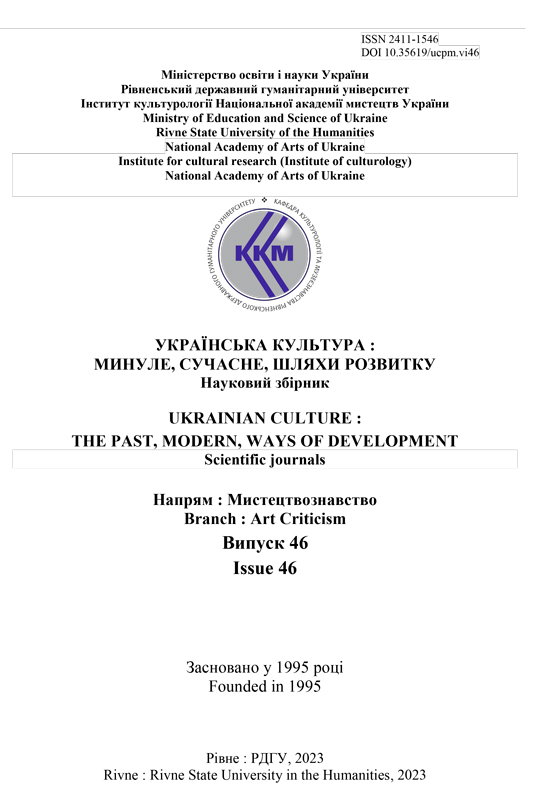RECEPTION OF THE PHENOMENON OF ART ACTIVITY IN ANCIENT AND MEDIEVAL AESTHETICS
DOI:
https://doi.org/10.35619/ucpmk.vi40.543Keywords:
activity of art, Plato's concept, Aristotelian concept of art, creative-transforming function of art.Abstract
The article is devoted to the analysis of the role of ancient philosophical and aesthetic thought in understanding the phenomenon of art activity. Emphasis is placed on the fact that, first of all, it is necessary to clearly and unambiguously raise the question of what we can base the analysis of the historical genesis of the general theoretical understanding of the process of art activity. In other words, it is necessary from the point of view of theory and logic to determine from what, in fact, it is necessary to begin the analysis of the historical-theoretical basis of the problem. It is argued that it is important in philosophical and theoretical terms to pose in antiquity the problem of targeted influence of the whole sphere of art on the practical life of man. At the same time, art, its expediency and practical significance were often compared with other forms of creative spiritual and material human activity – science, history, craft, and so on. The fundamental formulation of this problem from a philosophical and aesthetic point of view, we may, perhaps first of all, find in Plato.
It is noted that the most important sources of interpretation of the activity of art in Plato's system should be sought primarily in his general philosophical theoretical principles. Aristotelian concept of art activity is largely based not only on philosophical but also on the actual aesthetic principles. Аrиstotle's concept of art activity is largely based not only on philosophical but also on aesthetic principles. It is known that Aristotle interprets the beautiful in the active aspect. The activity aspect of the beautiful logically follows from the hierarchy of forms of spiritual activity substantiated by Stagirite. The philosopher compared art with such forms of activity that are able, on the one hand, to convey a person a certain life experience, and on the other – to educate him.




